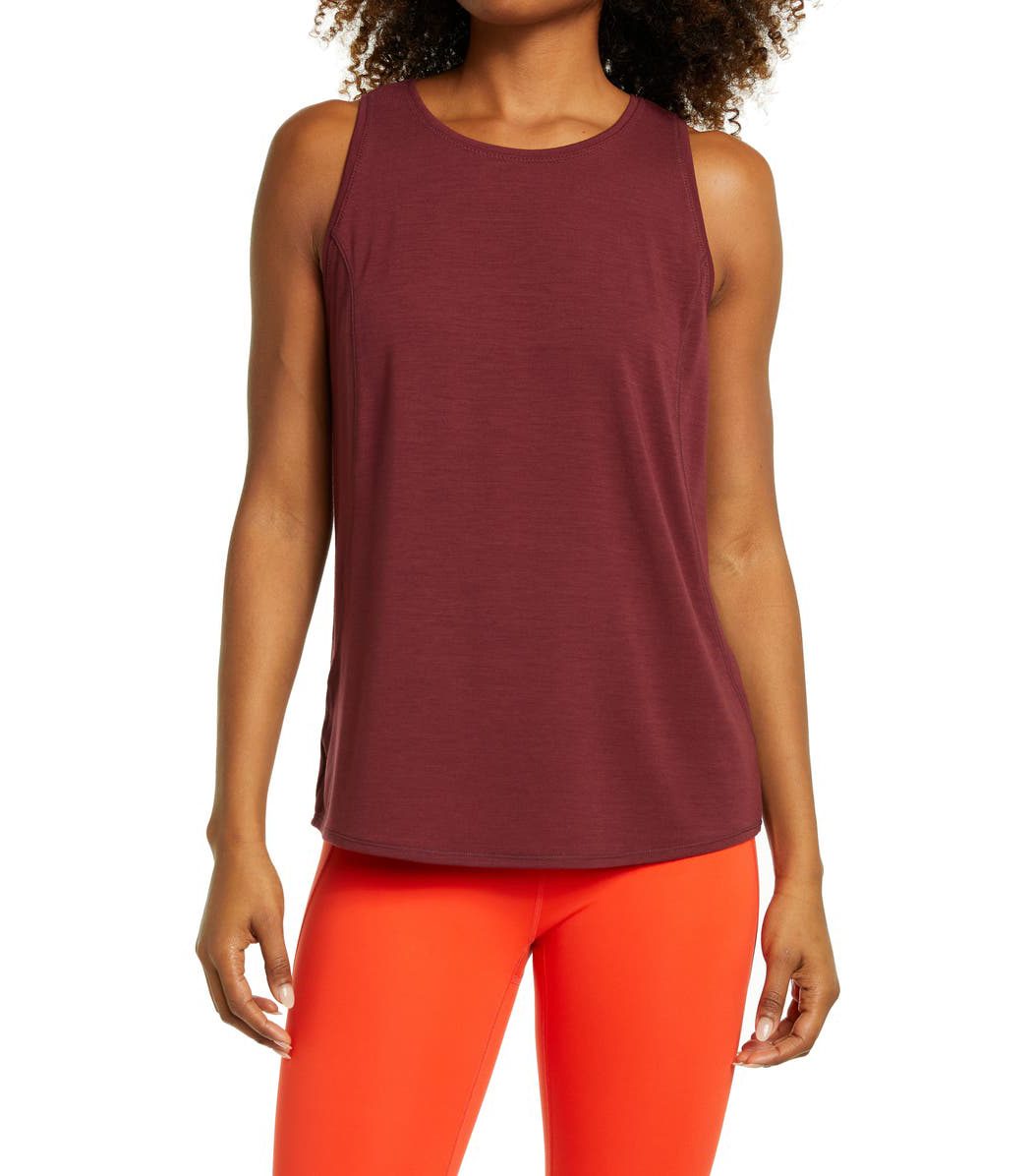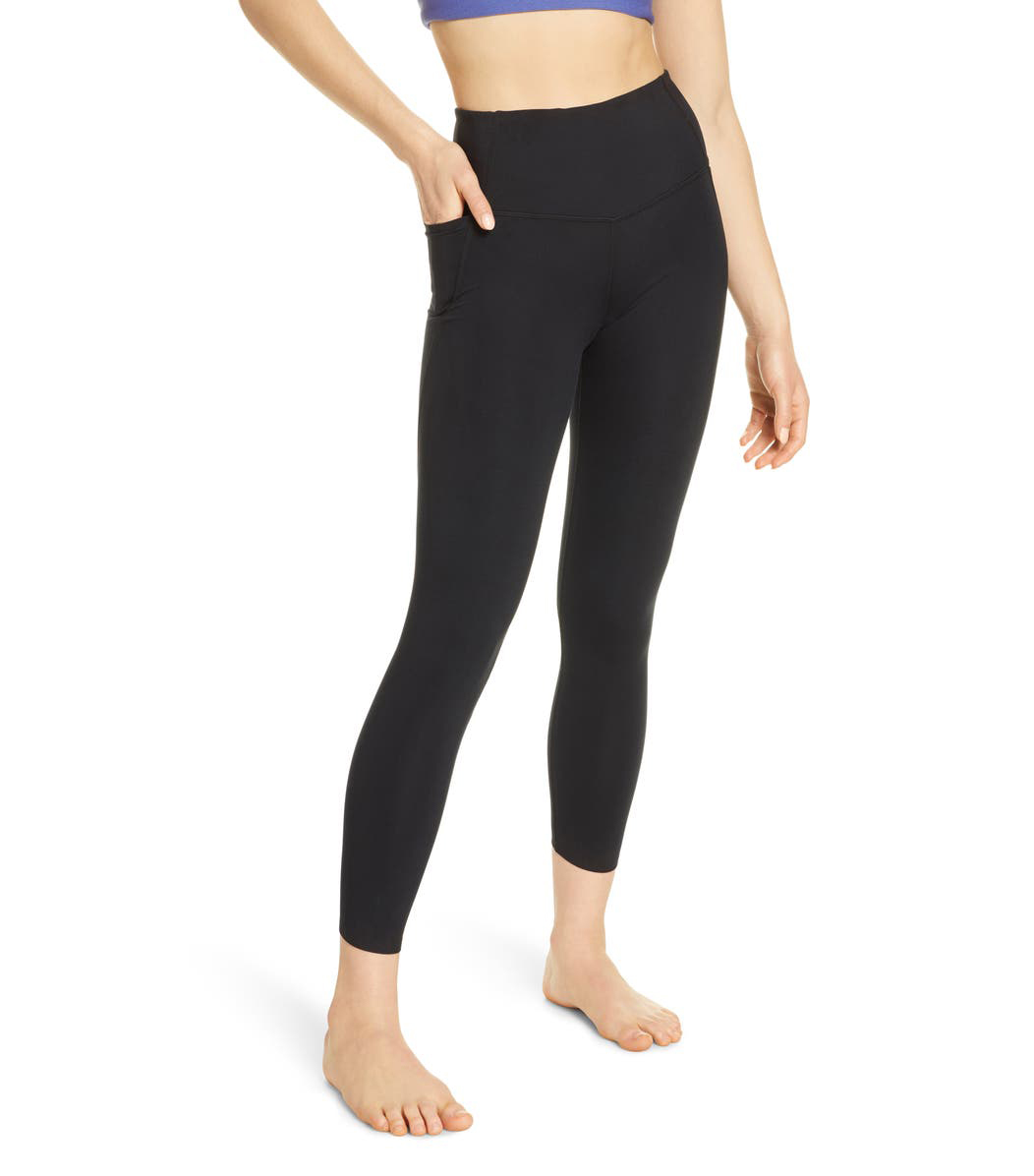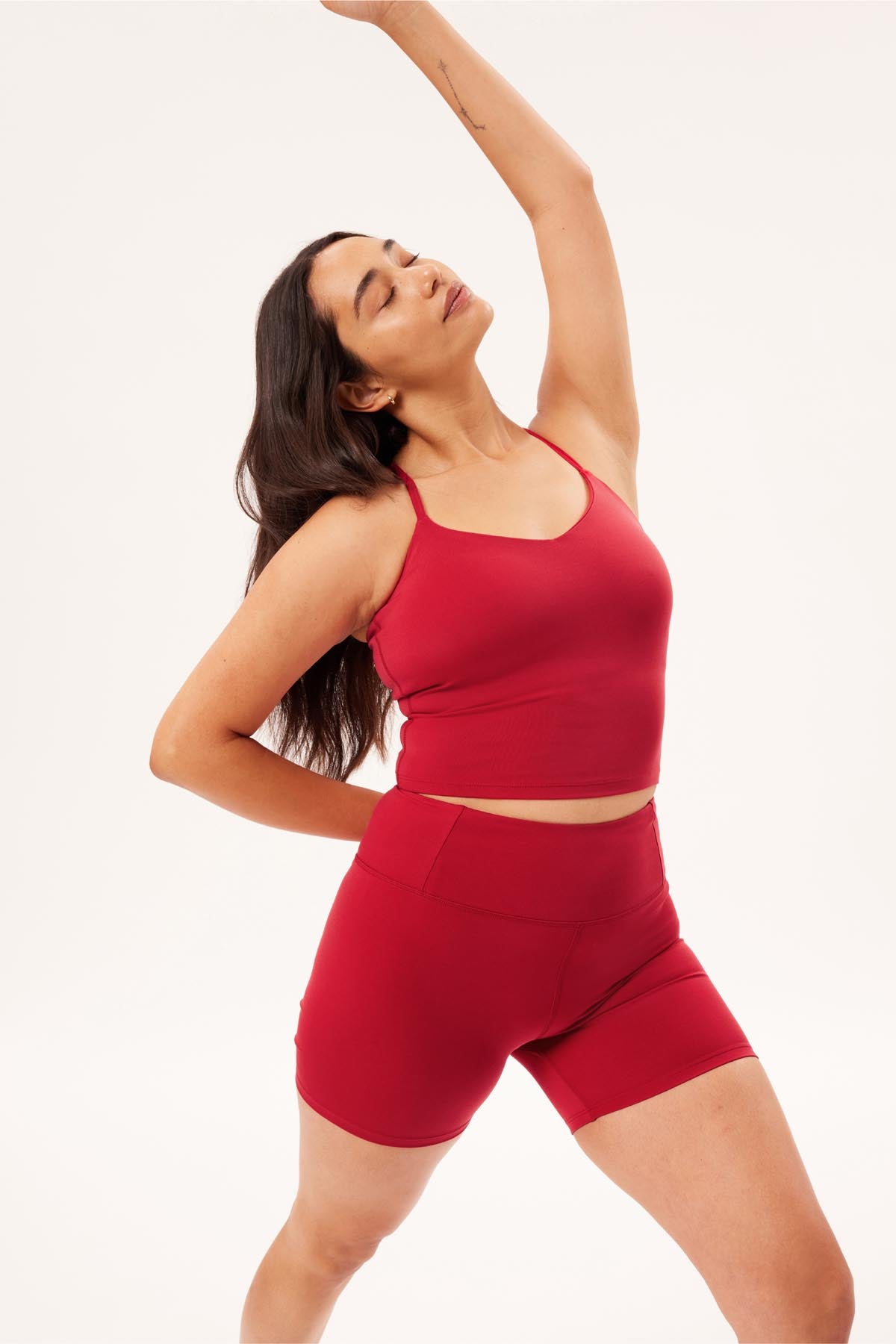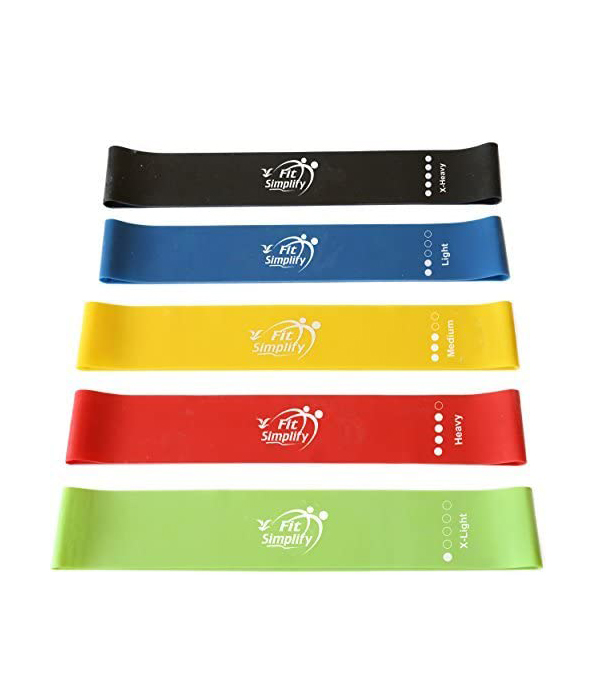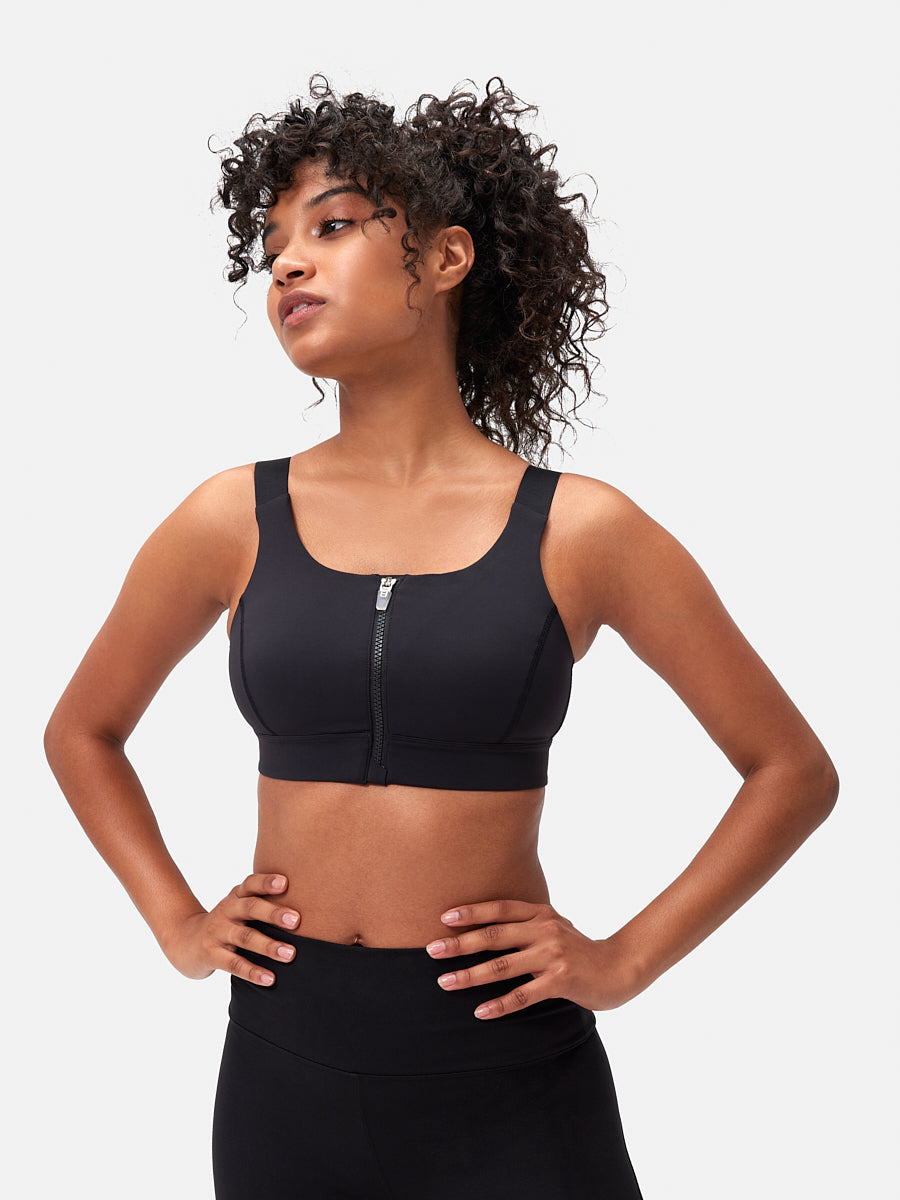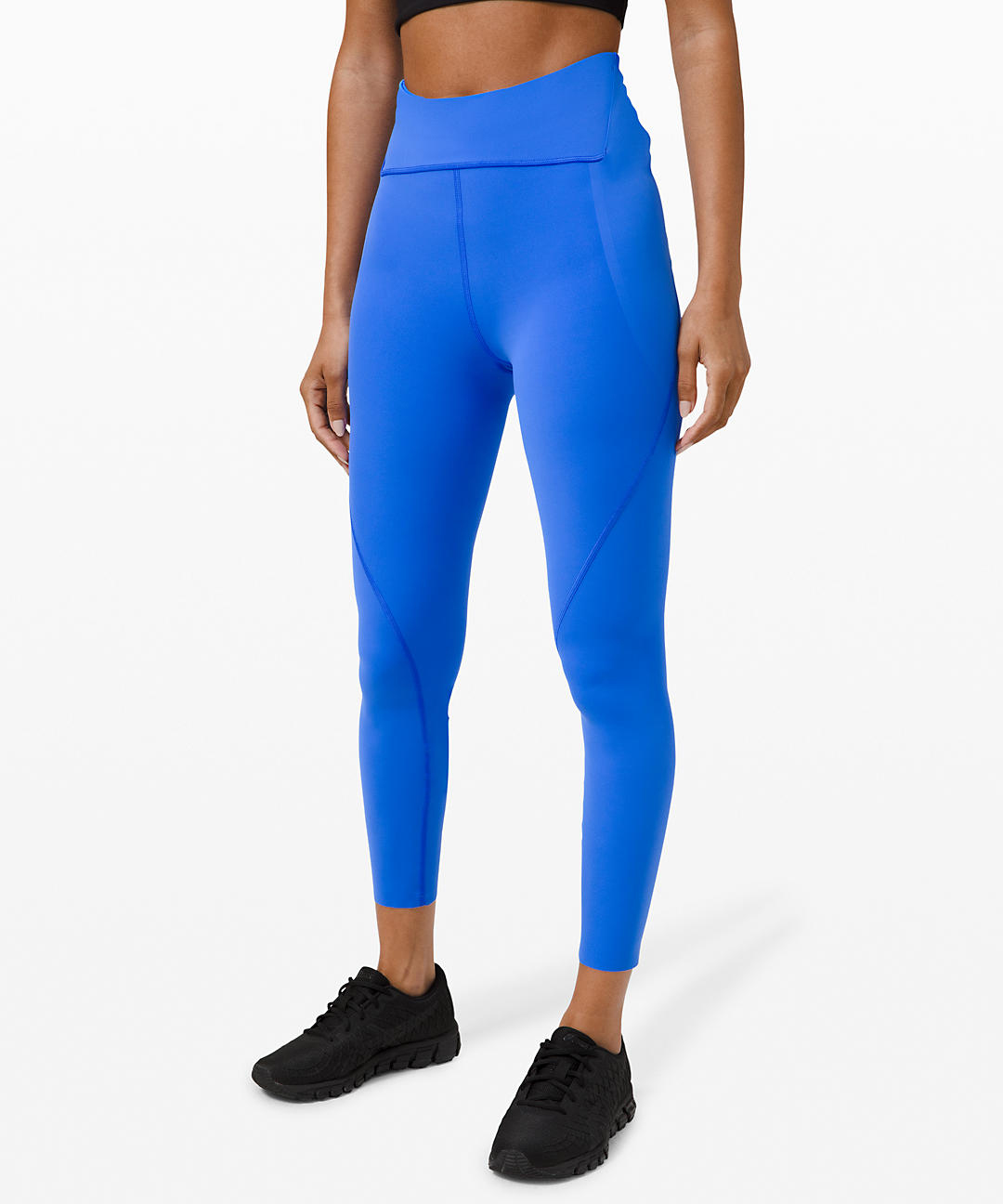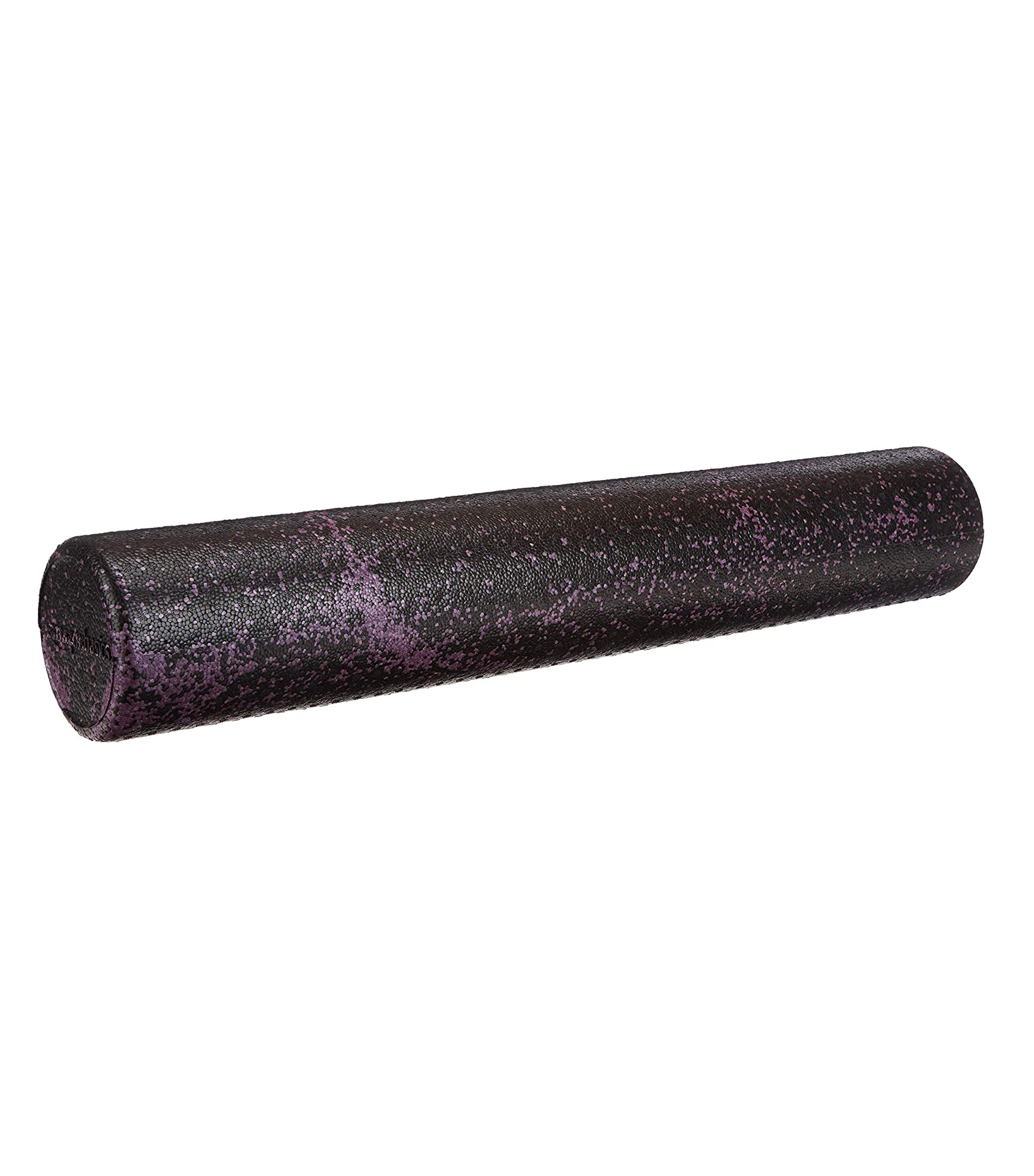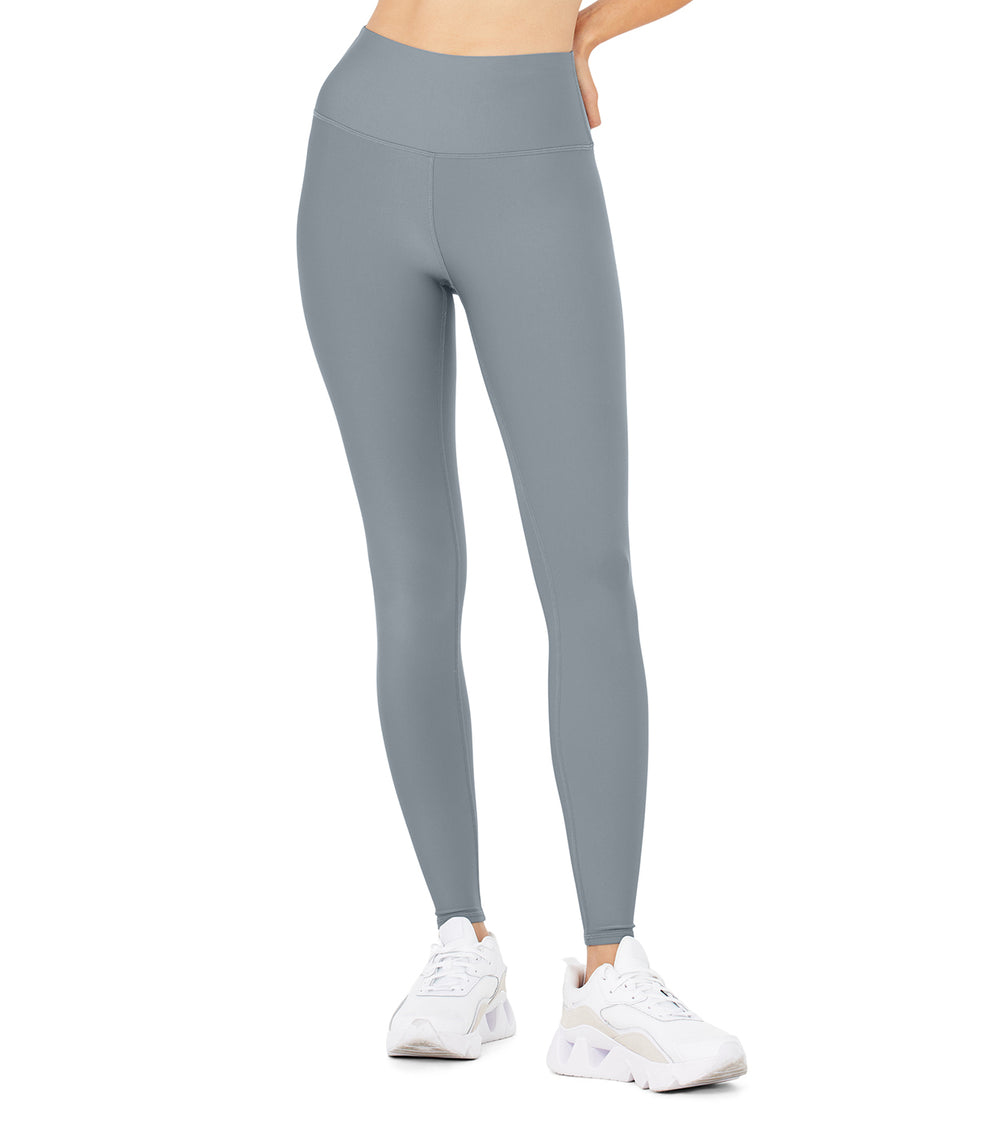The Best Workouts for Women in Their 20s, 30s, 40s, and 50s
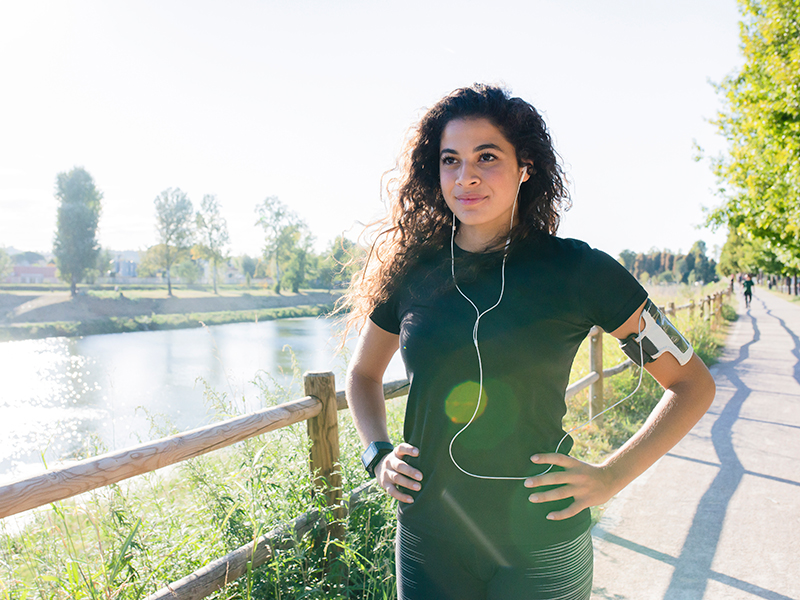
The truth is I've never been the most athletically inclined person. That might be shocking to read as I'm someone who writes about health, wellness, and fitness for a living, but it's true. But don't get me wrong. I'm not writing about training methods or HIIT workouts while staying immobile on my sofa. I do work out and try to stay active, but it was never a huge part of my life the way that it may be for some people.
In grade school, friends would be going to soccer games on the weekends, and I would be heading to sewing lessons (still a hobby I'm proud of!). In high school, I'd have friends heading to after-class cross-country practices, and I'd be in student council meetings. That's not to say I didn't dabble in team sports. I played volleyball and basketball and ran track in middle school (mostly so I could hang out with my friends after school). And I did one season of swimming in high school to get out of an extra semester of PE.
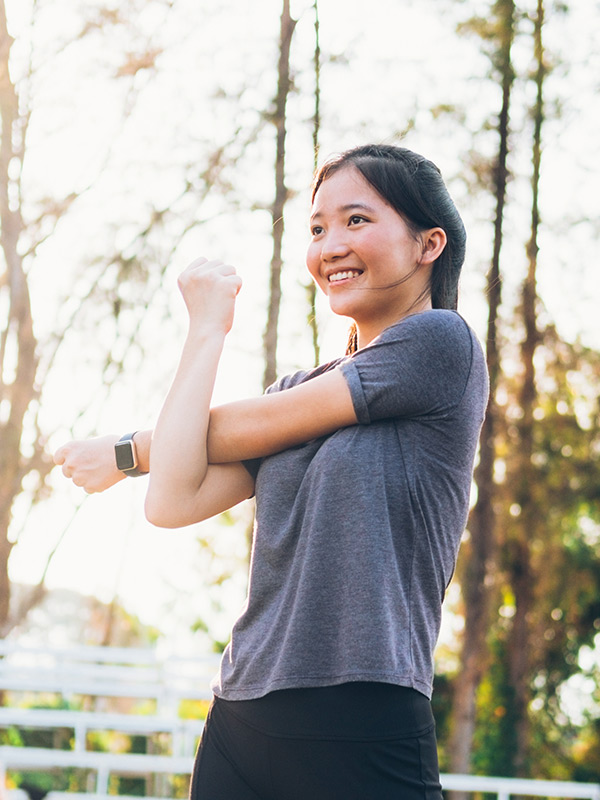
But okay, yes, for many of my 33 years, I was not the most active-minded person. It all started to change in my mid-20s with the boutique fitness craze. I went all in trying out new competitive workout classes like SoulCycle, Flywheel, barre, HIIT, rowing, boxing, etc.—all of that made exercise fun for me for the first time. I've never been a gym person, so ClassPass became my thing. And I got a Peloton about a year ago, so that's my main form of exercise now.
Now that I'm in my 30s and starting to think more about how I can live a healthy lifestyle that will keep me going for years to come, I've started to wonder what, if any, changes I should be making to my fitness routine as I get a little bit older. So to investigate (and maybe provide you with some helpful intel as well), I reached out to two kinesiologists for their thoughts on best practices and best workouts for every age.
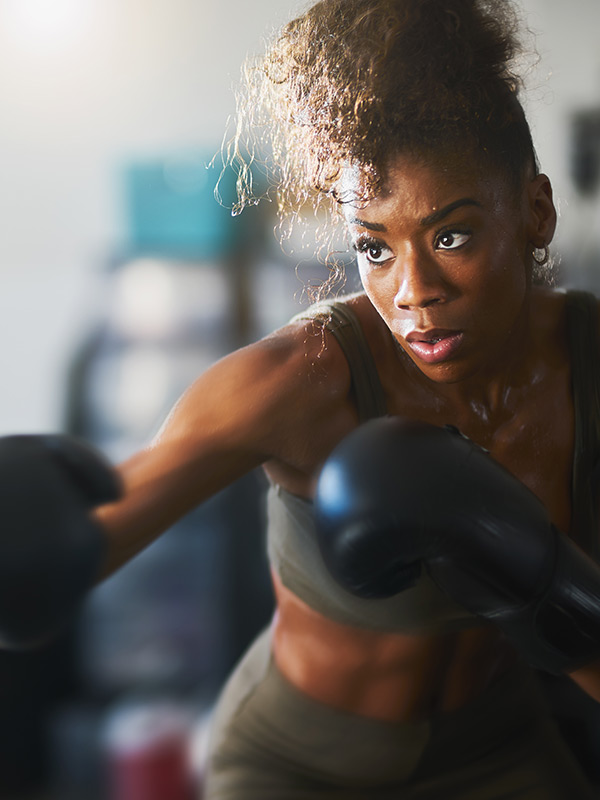
"A complete exercise program for all adults includes aerobic activity three to five days per week, muscle-strengthening activity two to three days per week, and flexibility exercises two to three days per week (or for greatest flexibility gains, daily)," says Barbara Bushman, Ph.D., FACSM, a professor at Missouri State University Department of Kinesiology. "In addition, neuromotor exercise training can be included. This reflects 'functional fitness' with aspects of balance, agility, reaction time, and proprioception (sense of the body in space)."
While that may seem like a lot of activity, if you can't follow all of these recommendations to a T, you shouldn't feel guilty or that your life will be shortened. Making an effort to stay active every day, with even a walk around the neighborhood, can make a difference. And if you are committed to following these guidelines, more power to you. The bottom line: You've got to do what's best for your current lifestyle. Sometimes you're so busy you can only work out for 15 minutes, and other times you have more time to try new things. Stay active in whatever way works for you.
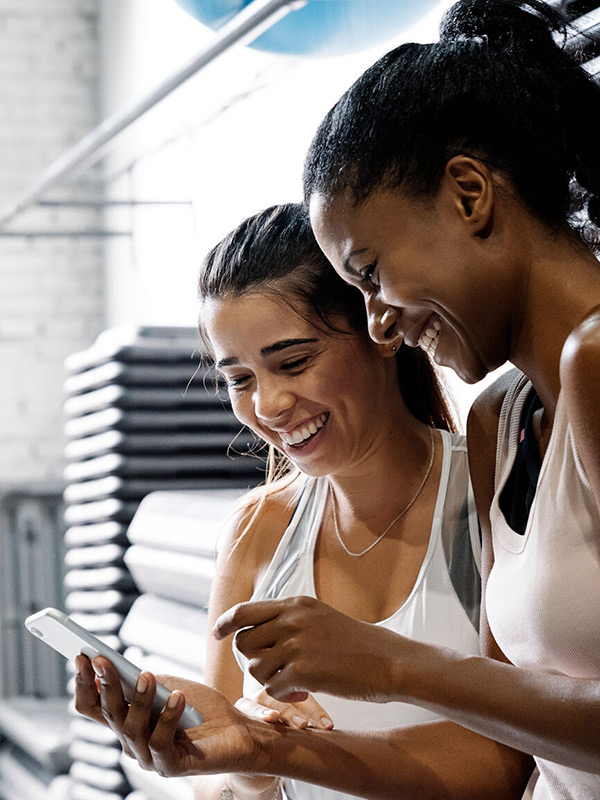
And it doesn't matter if you're 20 or 60, movement is still important. You shouldn't feel like you can't do something because you're a certain age. "I really think that movement is accessible to everybody no matter their age, and we need to get away from the sense of, 'I need to do it this way because of what age I am,'" says Dixie Stanforth, Ph.D., FACSM, an associate professor of instruction at the University of Texas at Austin Department of Kinesiology and Health Education. "I don't think it's a helpful frame of reference for most people. So I think if we could get people open to finding movement that is challenging to you, that is something that you would enjoy doing and that you see benefit in, I think there's a much higher likelihood that people would actually do it."
Of course, as your body changes over time, you might have to make some modifications, which is more than okay. To provide more insight on what to do for your workout routine at every age, Bushman and Stanforth broke it down for us.
In Your 20s
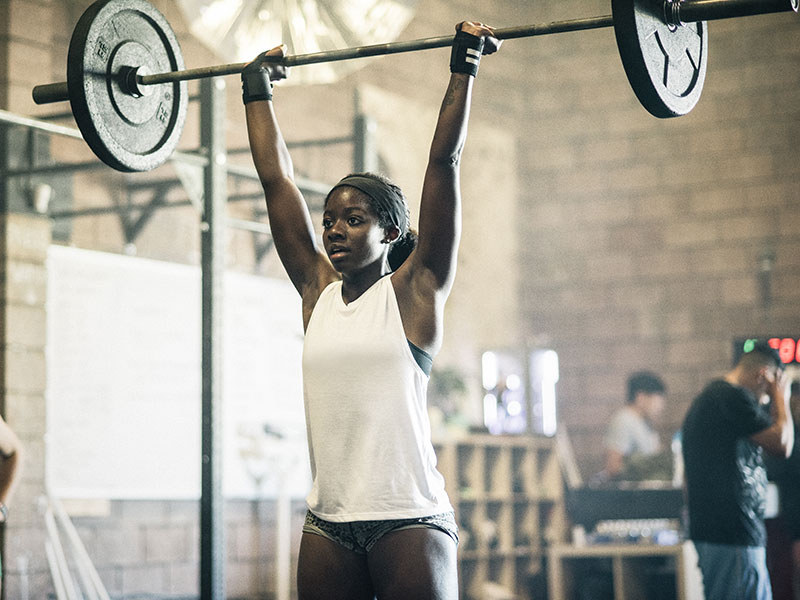
Stanforth recommends looking at your fitness routine (at any age really) and asking, "What can I do right now to be able to keep me doing these things so that I can still be doing them when I am 60 and when I'm 70?" A lot of that means making sure you have the right foundations, you know how to do basic exercises, and you have the correct form.
"Learning how to do movement well, the sooner you can learn it, the greater the likelihood that you're going to be able to still be doing those same movement patterns when you get older," she explains. So she recommends mastering squats, lunges, push-ups, rows, and stabilizing and strengthening your core. You do a lot of these movements when exercising, but you also do these movements throughout the day, too.
"A squat is a primal movement pattern," Stanforth says. "If you lose the ability to squat, you can't go to the bathroom by yourself, you can't get in and out of a chair by yourself. And so, everybody should squat."
Bushman adds that women in their 20s should make it a point to prioritize regular activity. "Over the life span, activity levels tend to drop," she says. "Rather than settling into a routine of inactivity, making a conscious effort to make exercise and physical activity the norm will help set the stage for life-long fitness. Consider the investment in health and fitness like setting up a savings plan. The sooner one starts, the more the benefits accrue. Actual activities selected should reflect what one finds enjoyable (as few people stick with programs that they dislike!)."
These are the workouts she recommends: aerobic activities that range in intensity (like brisk walking, running, swimming, cycling); muscle strengthening (lifting weights, resistance bands); bodyweight exercises (push-ups or curl-ups); and stretching activities and neuromotor exercises (yoga, tai chi). And she says doing a group fitness class and having a workout buddy can help you stay on track, too.
In Your 30s
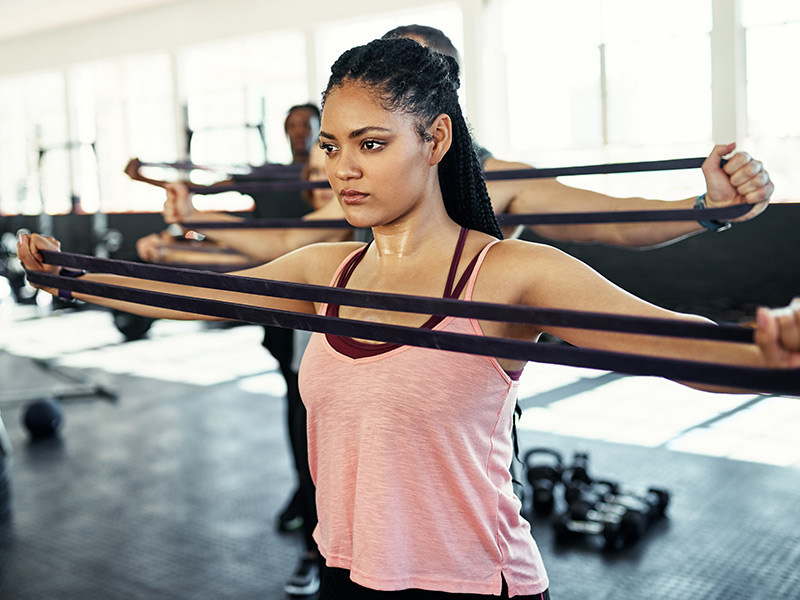
The simple advice here is that for women in their 30s, they should continue to maintain their good fitness foundation if they have a regular routine, or start slowly and work to progress if they've been inactive. But it's not that simple because at this age, you might not have as much free time as you used to. "Time (or lack thereof) tends to become an issue with work, family, and other competing responsibilities," Bushman explains. "Rather than seeing time spent on personal health and fitness as 'selfish,' this commitment is key to fulfilling the other roles of life. Women should keep with the general recommendations in all areas (aerobic, muscular, flexibility)."
What's really important to note, Bushman says, is that muscle mass tends to decline about 5% per decade after age 30, while body fat tends to increase. "Resistance training is thus important to raise metabolic rate given that muscle is more metabolically active, along with many other benefits," she says. "To develop one's muscular fitness, an overload must be placed on the muscles (i.e., exercise at a level above typical activity to get a positive response)." You can work on this at the gym with machines or at home with resistance bands and bodyweight exercises.
One thing to watch out for is that in your 20s and 30s, you might feel like every time you work out, you have to do it as hard as you can, even pushing yourself to the limit. Within reason, that's perfectly fine, but it all goes back to being able to do the movements correctly so you don't strain or hurt yourself, Stanforth says. "I am a huge proponent of high-intensity interval training, but only if you can do the movement and execute it really well because, otherwise, if people in their 20s and 30s are doing these things poorly, they are going to be in physical therapy within years," she adds.
This can be especially relevant if you attend a lot of big fitness classes where there's one instructor who might not get the chance to help you correct your form or help with adjustments. "The real challenge with a lot of that is you probably didn't 'hurt' yourself in that session, but when you keep doing that movement pattern, over time, it's called cumulative trauma," Stanforth explains. "It is the accumulation of doing a movement pattern poorly that leads to most injuries. And so by not addressing it, you just keep doing it, and in a setting where, oftentimes in these classes, you are doing things as rapidly as you can, it's rarely a good idea when it comes to technique."
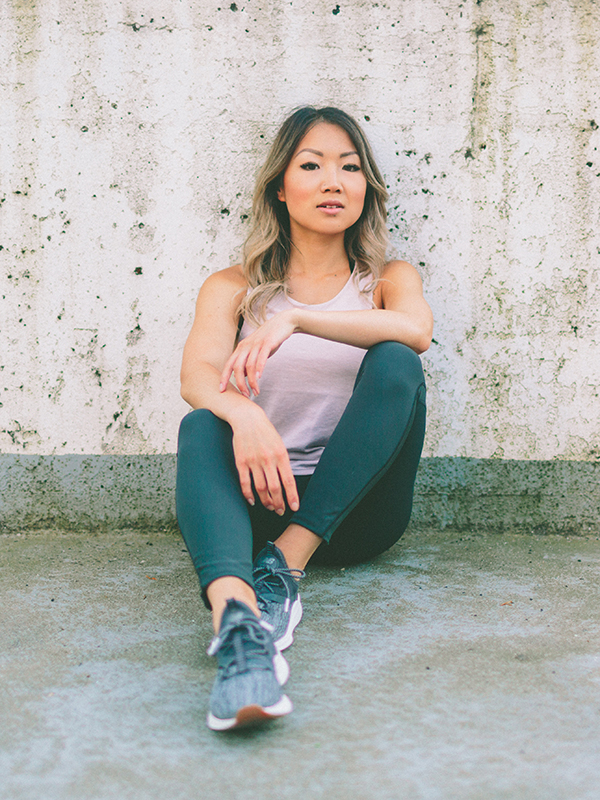
Now, that doesn't mean you have to skip group fitness classes altogether. Again, like what we discussed for the 20s age group, it's about correcting and learning good form. You could ask the instructor after class if they can help you with that, or Stanforth says investing in a few personal training sessions and focusing on basic form can also change the game for you.
In Your 40s
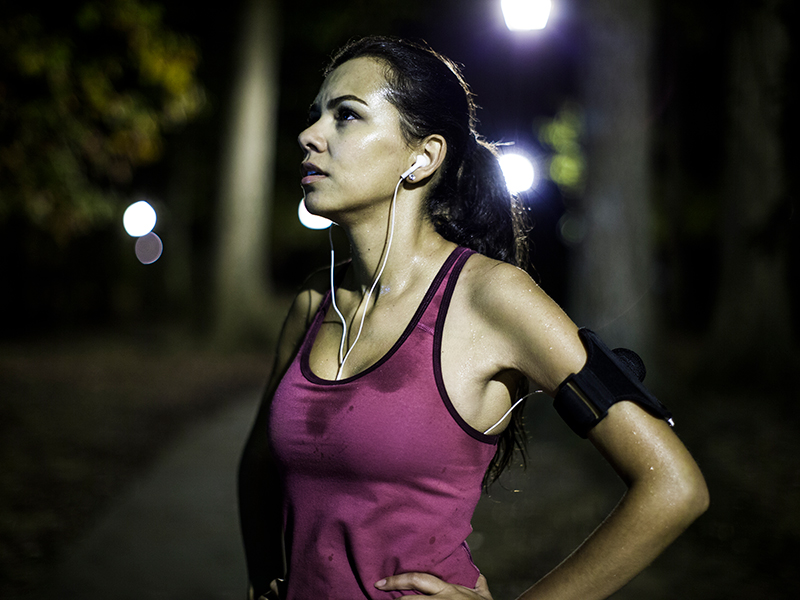
Similar to your 30s, if you're maintaining a regular exercise regimen, keep at it. And if you've had some bouts of inactivity, work to incorporate fitness back into your lifestyle. Now's also a good time to evaluate your current routine and mix things up.
"Take time to reflect on one's exercise program," Bushman recommends. "Is it still balanced between aerobic and muscular fitness activities? What changes might improve the overall program? Is it time to set new goals? I recommend everyone keep a record of workouts. This could be using technology (so many options with apps, etc., now) or even just on a calendar or planner. Looking back over the prior month can help to identify areas of success as well as other aspects in need of attention or improvement."
Stanforth agrees that variety helps your body and mind and also keeps things interesting. "The concept of threshold training is you should do things until you get good at them, and then make sure you're still challenging yourself with other things you're not good at, because if you do that, you not only will have physical responses, but your brain and your mental capacity is being challenged at the same time," she explains. "And so, as you get older, the ability to keep learning and doing new movement or novel movement patterns could be the difference in having a broken hip or not."
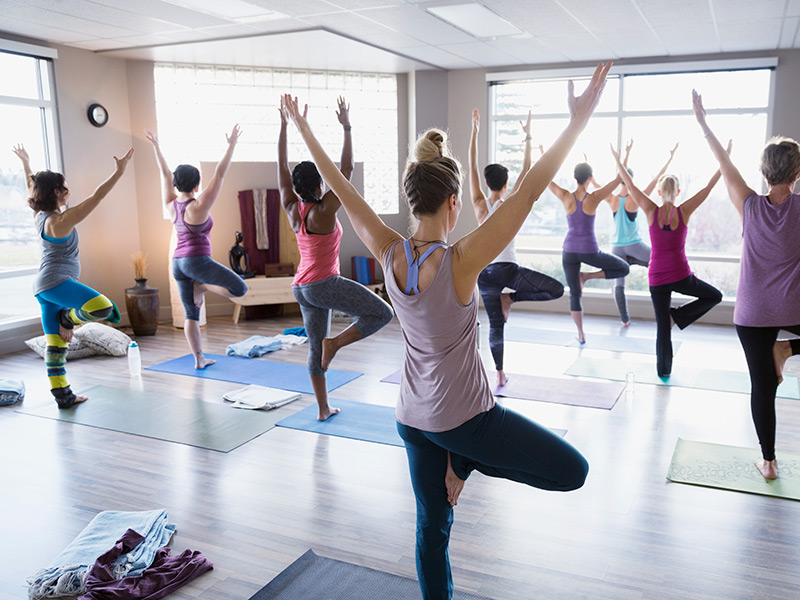
And this goes for all age groups, really, but with exercise—especially if you're trying something new—you'll want to listen to your body and give it enough time to recover. "If you are going to be able to continue to be physically active, and you're going to kind of bring your A-game when you do this quality movement that you're wanting to perform—especially when you are trying to build a base of training—rest and recovery are so important," Stanforth says. "And learning how to listen to our bodies and honor what our bodies are telling us in terms of how much energy we have, what our sleep quality is like, how we are fueling our bodies with appropriate nutrition—those all play a big part in recovery."
In Your 50s and Beyond
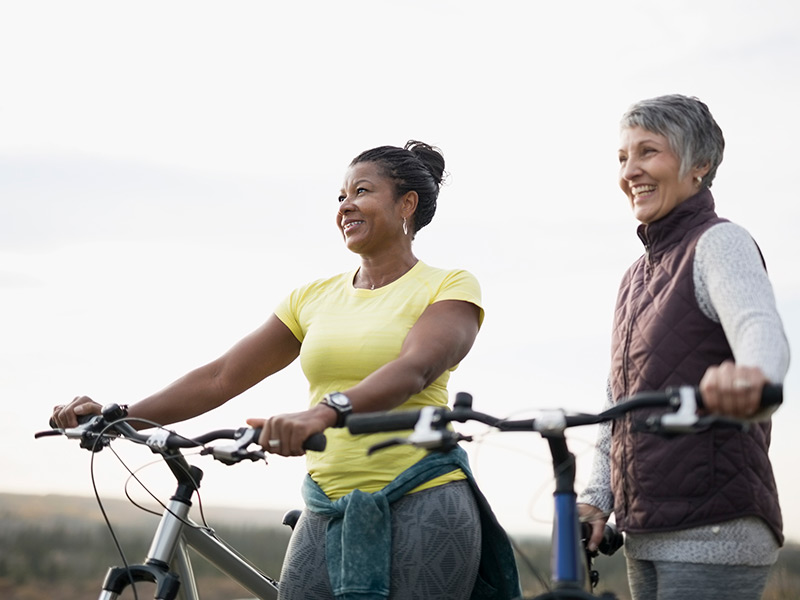
Accepting that your body has changed but not feeling ashamed about the fact is key as you get older, Stanforth believes. This can be tough to wrap your mind around, especially when a lot of what society tells us is all about "looking younger" or tips for "anti-aging."
"As you get older, you start to realize that inside, you still think that you're in your 20s because who you are doesn't have anything to do with your body, really," Stanforth says. "The body is just the shell that carries it around, and so who we are is really much younger than our bodies are. So we tend to think that things should still be the same, and it's always a bit of a shock when we come face to face with the fact that it's not the same. I do need longer recovery. My joints do feel different when I get up in the morning, and my metabolism has slowed down. So those are very real things, and I think that, again, culturally, Americans and women, in particular, do a whole lot to pretend or to try to undo that and make it not happen. It's happening. I think Eastern culture is so much healthier when it comes to ages because they revere and honor people who are older. And I've really tried to embrace that and move into that."
But that doesn't mean that you should limit your workouts or regular physical activity. It's still as vital as ever, according to Bushman. "The passage of time, chronological aging, will bring changes, but realize an inactive lifestyle is a contributing factor to decreases typically observed in aerobic capacity, muscular strength, and flexibility," she explains. For women who are going through menopause, Bushman says they may experience lower estrogen levels, and exercise can help that.
"Loss of estrogen can cause bone to be lost two to five times more quickly than bone loss due to aging alone," she explains. "Exercise has the potential to increase bone mass or slow or prevent bone loss. Having a complete program is important, as a bone must be stressed to benefit (i.e., site-specific response)."
And All of This Actually Works, According to our Experts
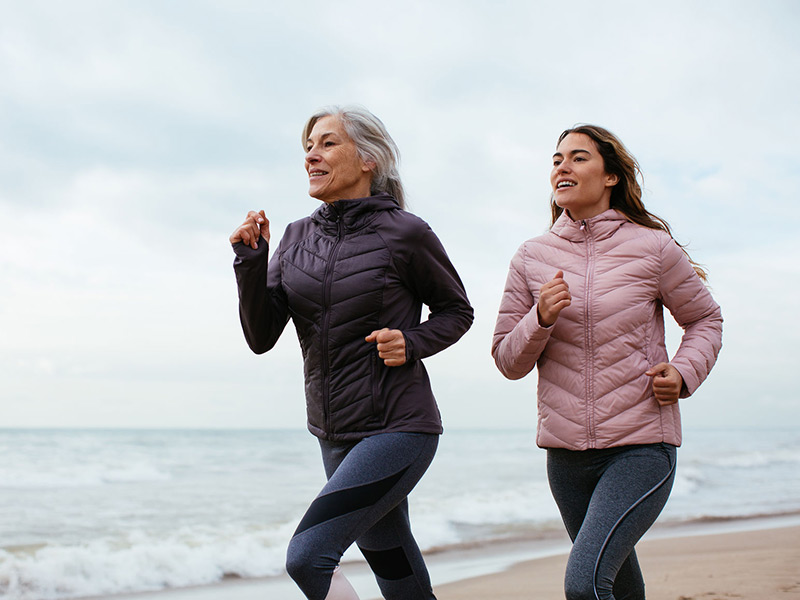
Sticking to a regular routine throughout your life can really make a difference, and our two experts are living proof. "Although I've been active my whole adult life, my exercise program has changed over the years," Bushman says. "My training was focused on some competitive endeavors in my 20s, then more maintenance within my 30s, an expansion to include functional fitness while keeping a strong aerobic and muscular fitness program in place in my 40s, and now at age 51, I feel all of this is really paying off. I have a strong aerobic foundation, solid muscular strength, and keep working on flexibility. I plan to keep this going as I look forward to an active retirement full of hiking, kayaking, and who knows what new activities!"
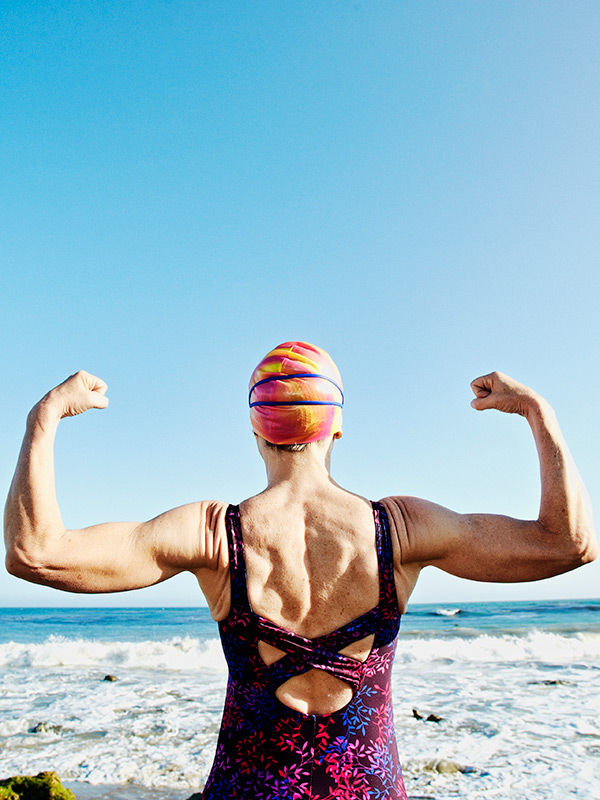
And Stanforth agrees, saying that she has plans to learn a new exercise this year. "I think in my 40s and 50s, I was probably in some of the best shape of my life," she says. "I'm now 60, and my goal this year is I put together a group of women—you have to be 60 or older to be in my group—and we are all going to learn to row this year on the water. It's a different activity, it's a novel training form, it gets us outside, it puts us on the water. I hope that I'm always going to be thinking this way."
Next up: The 5 Workouts Every Woman Over 50 Should Do, According to a Kinesiologist
This article was originally published at an earlier date and has since been updated.
This article is provided for informational purposes only and is not intended to be used in the place of advice of your physician or other medical professionals. You should always consult with your doctor or healthcare provider first with any health-related questions.
Sarah is lifestyle writer and editor with over 10 years of experience covering health and wellness, interior design, food, beauty, and tech. Born and raised in Los Angeles, she attended New York University and lived in New York for 12 years before returning to L.A. in 2019. In addition to her work atBest Knockoff Luxury Clothing , she held editor roles at Apartment Therapy, Real Simple, House Beautiful, Elle Decor, and The Bump (sister site of The Knot). She has a passion for health and wellness, but she especially loves writing about mental health. Her self-care routine consists of five things: a good workout, “me” time on the regular, an intriguing book/podcast/playlist to unwind after a long day, naps, and decorating her home.
